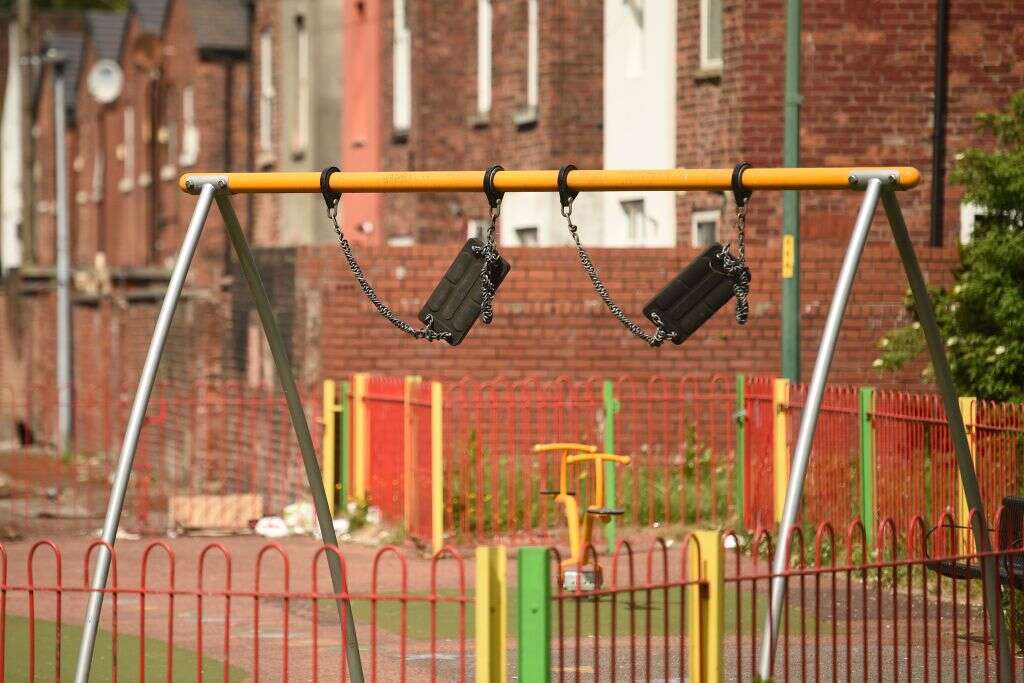
The Covid-19 pandemic has caused investors to look for opportunities in new sectors and regions in an attempt to future-proof their profitability. Diversification is a necessity in order to mitigate risk, but finding the right opportunity in the current environment is no easy task. Happily, infrastructure offers a solution.
By backing infrastructure assets in education, affordable housing and healthcare, investors can diversify their portfolio, deliver a social impact and support the UN’s Sustainable Development Goals, all at a time when the world is struggling to cope with a crippling pandemic: a win-win-win-win situation.
Why social infra makes financial sense
The Covid-19 pandemic offers a priceless opportunity for investors to diversify their exposure to ‘social infra’, and in particular real estate investments. This comes as Covid-19 has impacted on the attractiveness of commercial real estate, in particular in areas such as shopping malls, offices, hotels and restaurants, which brings with it a need for investors to target opportunities in other areas. Thus, investors should now increase their allocation to social infra by reducing their exposure to traditional real estate as a way to waterproof their portfolios and shy away from what are now less attractive assets.
However, social infra is not only about reducing risk in an investors’ portfolio, as the asset class also offers good opportunities for generating profit. In fact, asset manager Franklin Templeton finds that “essential assets such as healthcare facilities, education and housing have done relatively well” during the pandemic, according to its report on social infrastructure published in December 2020. The company also states that its strategy “has seen a near 100% rent collection from tenants in social infrastructure properties to date in Europe”.
By backing infrastructure assets in education, affordable housing and healthcare, investors can diversify their portfolio, deliver a social impact and support the UN’s SDGs.
However, the profit of investing in social infra, and more specifically in social real estate, is not only financial but also societal.
Alpha Real Capital, a specialist manager of secure income real assets, claims that social real estate “can deliver £3–4 ($4.16–5.55) societal value for every £1 invested, as well as cashflows at spreads of 5%-plus per annum over index-linked gilts”, according its Social Real Estate report.
The report also reveals that the sector “offers a £50bn-plus investment opportunity in the UK because private capital is needed to support the delivery of social real estate assets that cannot be met by over-stretched public finances”.
In fact, research done by Investment Monitor based on GlobalData’s construction database, reveals that the majority of new projects in UK-based healthcare building since 2001 are funded by the private sector. The healthcare buildings include clinics, hospitals and other types of real estate connected to the health industry.
There is a real opportunity for private capital to be injected into healthcare buildings, not only in the UK but across the world, given the funding shortfalls that many governments are facing due to resources being diverted as a result of the Covid-19 pandemic.
How social infra investment can help to meet SDG targets
By investing in healthcare buildings, investors also support the target of the UN’s SDG3, which focuses on ensuring good health and promoting well-being. This is a key sector as the Covid-19 pandemic has exposed a series of weaknesses in the global healthcare system, making the achievement of this goal seem like a distant dream.
On top of that, investments in social infra can also support the achievement of other SDGs. In particular, investments in education infrastructure can assist in meeting the targets of SDG4, which focuses on ensuring “inclusive and equitable education and promoting lifelong learning opportunities for all”.
What is more, social infra also includes investment in affordable housing, which is significant for eradicating poverty (SDG1) and hunger (SDG2), and reducing inequalities (SDG10), among others.
Investing across all the sectors of social infra, including affordable housing as well as healthcare and education buildings, is advantageous for everyone, including investors. Therefore, investors should include such assets in their portfolios in a bid to generate strong profits and deliver a social impact, as this impact can bring with it economic growth, job creation and sustainable development.
Home page photo by Tolga Akmen/AFP via Getty Images






